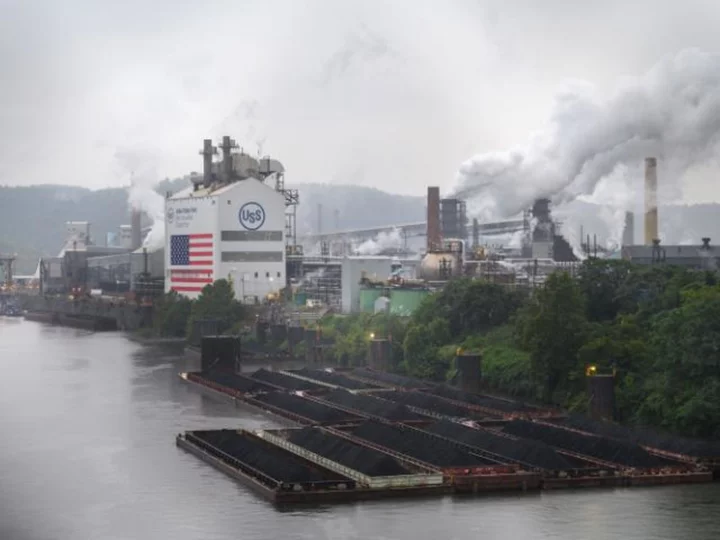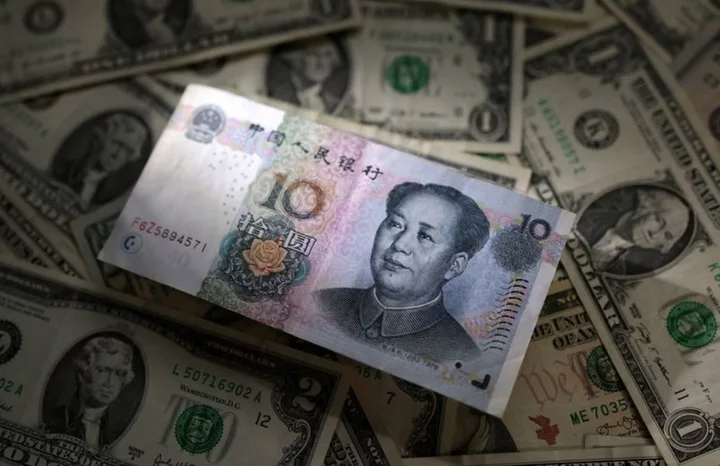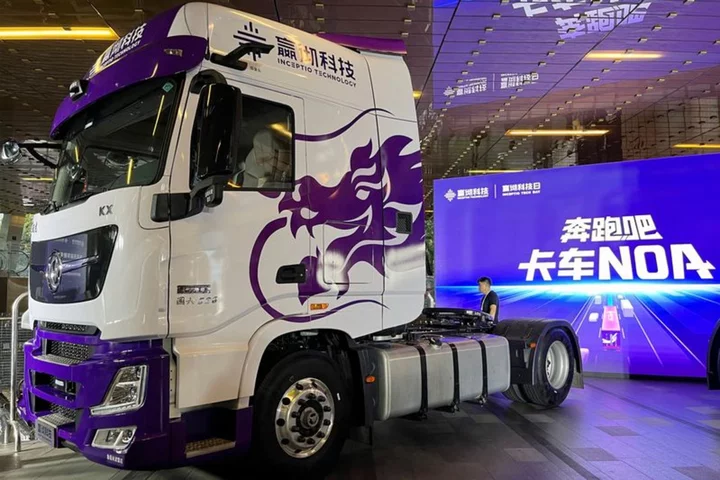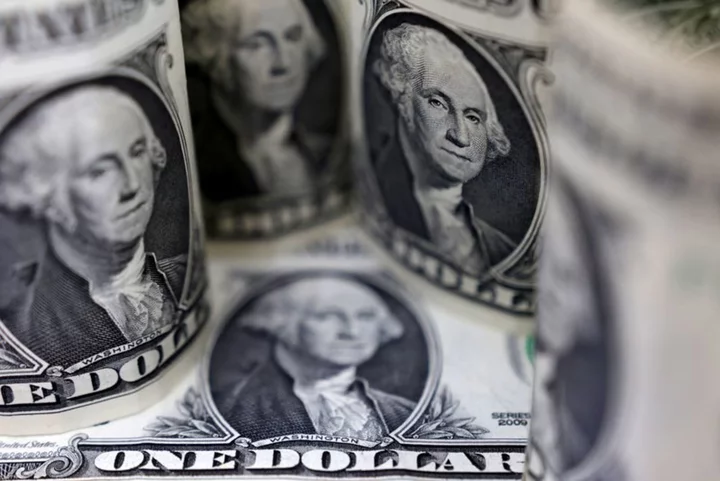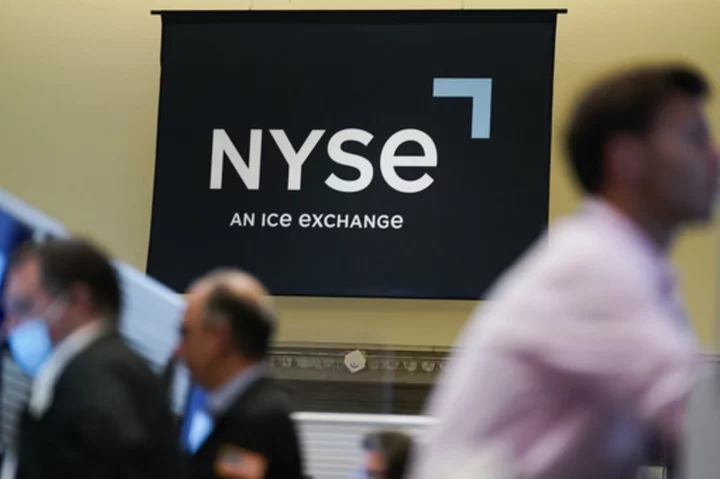The days may be numbered for US Steel Corp., a one-time backbone of the nation's economy.
Once US Steel was the most valuable company in the world. Now, it's the subject of a bidding war among rivals offering a fraction of what the company was once worth.
US Steel's possible end underscores the shift in the nation's economy away from manufacturing, a change that continues to have deep economic and political implications today.
Put simply, US Steel could be yet another iconic company for which time has run out. And the company's possible fate serves as a cautionary tale to the current global titans about how quickly the world can change.
The Pittsburgh-based company formed in 1901 as a merger of the nation's leading steel companies — including Carnegie Steel Corp. — and was engineered by financier J.P. Morgan. The new company became the world's first company valued at more than $1 billion, double the entire US budget that year. The deal made owner Andrew Carnegie the richest man in the world.
In the early part of the last century, the company produced the steel that helped the United States become a global economic superpower, providing steel not just for skyscrapers, bridges and dams, but also for autos, appliances and other products craved by American consumers.
US Steel was so dominant, in fact, that its competitive prowess helped lead to the creation of the nation's antitrust laws, formed in an attempt to keep the company's strategic and financial might, and that of the Standard Oil, in check.
But, in recent years, US Steel's fallen far below other American steel companies in steel output and stock market value. And the US steel industry is a shell of its former self, with no company among the 10 largest steel producers around the globe.
While US Steel remains profitable, its days as an independent company could be limited as it now finds itself subject of a bidding war by various rivals eyeing to buy it for less than $9 billion.
"That company peaked out in 1916," said longtime steel industry analyst Charles Bradford. "It's been downhill ever sense. Peak output was in the 1970s. It's done nothing for decades."
'Hell with the lid taken off'
Throughout the 19th and 20th centuries, workers flocked to Pittsburgh and other Rust Belt cities for well-paying factory jobs. Blast furnaces cranked out profits, steel coils and thick smog. "Smoke, smoke, smoke -- everywhere smoke," a writer for The Atlantic visiting Pittsburgh in 1866 wrote. "Like looking over into hell with the lid taken off."
According to a story in the Pittsburgh Post-Gazette on its 100th anniversary in 2001, the company's peak employment of 340,000 came in 1943, during World War II, when it played a critical role in llied forces' war efforts. The same article said peak steel output came in 1953, when the company produced 35.8 million tons of steel while steelmakers in Europe and Japan were still struggling to recover from the war. (Last year, US Steel shipped only 11.2 million tons of steel from its US operations and had just under 15,000 US employees.)
From its peak, the company began to fall behind upstart competitors — both foreign and domestic. First, it fell behind competitors in Japan and Germany, which were forced to rebuild from scratch after World War II and used new technologies that required far less labor and energy.
"What US Steel had was 1940s technology," Bradford said.
US Steel and other steelmakers eventually followed those foreign competitors to upgrade factories and equipment, but they still largely used the older methods to make steel by melting raw materials such as iron ore in giant blast furnaces.
Those "integrated" steelmakers soon lagged so-called "mini-mills," nonunion competitors that use electric arc furnaces to turn old steel scrap from discarded cars and other products into new steel products using more efficient electric arc furnaces.
One pioneer of this mini-mill technology, Charlotte-based Nucor has a market capitalization of $42.3 billion compared to US Steel's value of just over $7 billion. Nucor is also the largest steelmaker in America by output, making an estimated 20.6 million metric tons of steel per year, ranking 16th largest in the world. That compares to 14.49 million metric tons from US Steel, including its operations in Europe, which rank 27th in the world for 2022, according to the World Steel Association.
US Steel didn't open its first electric arc furnace until 2020.
Bradford said all along the way, US Steel and other US integrated steelmaking rivals with storied names such as Bethlehem Steel, Inland Steel and LTV Steel underestimated the competitive challenge that they faced from overseas and mini-mills at home. In more recent years, steelmakers from China, India and Korea have expanded capacity far beyond US Steel.
By 1991, after 90 years in the Dow Jones Industrial Average, US Steel was bounced out of that benchmark of the nation's 30 most important companies. At the same time, Walt Disney and JPMorgan & Co., a Wall Street firm ironically named for US Steel's founder, joined the index, a sign that the nation's economy was now focused more on information and finance, not manufacturing.
The decline in American manufacturing jobs is now an issue in the 2024 presidential election, with President Joe Biden calling for a revival of those jobs.
Nevertheless, in a sign of the times, the nature of the jobs Biden is trying to bring back is often quite different than the jobs of the last century -- such as his efforts to ramp up manufacturing of chips for AI and other high-tech applications.
Who wants to buy US Steel?
Bethlehem, Inland and LTV went bankrupt in the last 30 years and saw assets closed or sold to other companies. Today, what's left of those companies' assets are part of Cleveland-Cliffs, an integrated steelmaker that has also passed US Steel in capacity and output.
The companies eying a purchase of US Steel include the publicly traded, Ohio-based Cleveland-Cliffs and Esmark, a privately held, non-union steel processing firm. Both are on record with their bids. Reuters reported that a major European competitor, ArcelorMittal, is also considering a bid. Whether any of the proposed deals would be able to get past anti-trust regulators isn't clear.
US Steel's share price bounced from $22.50 on Aug. 10 to over $31 on Aug. 14 when the acquisition interest from Cleveland-Cliffs became public.
The United Steelworkers union said it will only agree to a bid from Cleveland-Cliffs, which like US Steel has the USW representing most of its hourly workers. But US Steel has so far rejected that bid. And Bradford said he's not sure anti-trust rules would allow a Cleveland-Cliffs purchase to succeed, although Cleveland-Cliffs leaders say they are confident it can win regulatory approval.
US Sen. J.D. Vance, an Ohio Republican, came out with a statement Thursday urging US Steel to reject any bid from a foreign steelmaker, saying it is crucial that the company remains US-owned because it still is of "strategic national importance."
US Steel has not commented on either the Esmark offer directly or reports of the interest by ArcelorMittal, other than to say it is conducting a strategic review of its options. The company has fended off rumors and overtures of acquisitions myriad times in its history.
But perhaps more than ever, it appears that one of the iconic companies of US corporate and economic history could soon disappear.

